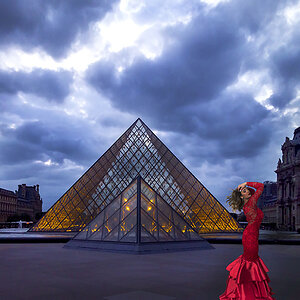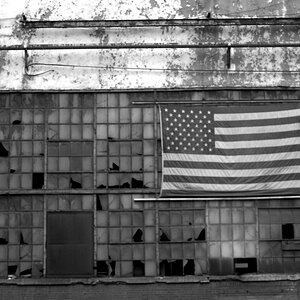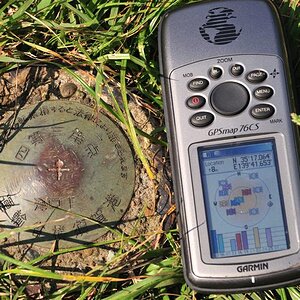Garbz
No longer a newbie, moving up!
- Joined
- Oct 26, 2003
- Messages
- 9,713
- Reaction score
- 203
- Location
- Brisbane, Australia
- Website
- www.auer.garbz.com
- Can others edit my Photos
- Photos NOT OK to edit
OK, what specifically is incorrect? Both explanations seem to mesh to me.
Actually you're right, sorry. Re reading it, it's not incorrect it just tells half the story. You're explanation essentially covered surface fluctuation, and differences in FET gain due to manufacturing.
But camera noise is typically made of random elements which make noise unpredictable. What I was saying is if you take 2 high iso or long exposure images and then put them through some software algorithm that averages each pixel value the type of noise you mentioned would be unaffected. However I believe the random noise I was talking about would contribute more than manufacturing error (opposite of what you said
It's actually hard to say if this has always been the case. Especially on old cheap cameras I'm inclined to believe that manufacturing error would have contributed much more, but it was likely masked by lack of technology in the photosensor department. Or in fact if it will be in the future. There are all sorts of creative methods these days of reducing noise including changing the order in which pixel rows are read out so they do not pickup interference from each other, positioning amplifier elements directly under the photosensor to reduce noise along wiring running between sensors (I believe Olympus leads this development), etc.
Actually, and this is just my brain playing weird, the errors you're talking about could in theory be mapped out completely by software since they are essentially constants. I wonder if any companies actually do this...



![[No title]](/data/xfmg/thumbnail/37/37129-2b15d9f6bc8d43c2c1247a6c591d14aa.jpg?1619737884)





![[No title]](/data/xfmg/thumbnail/32/32639-1358bee897449f9a4a38676097b475d5.jpg?1619735555)




